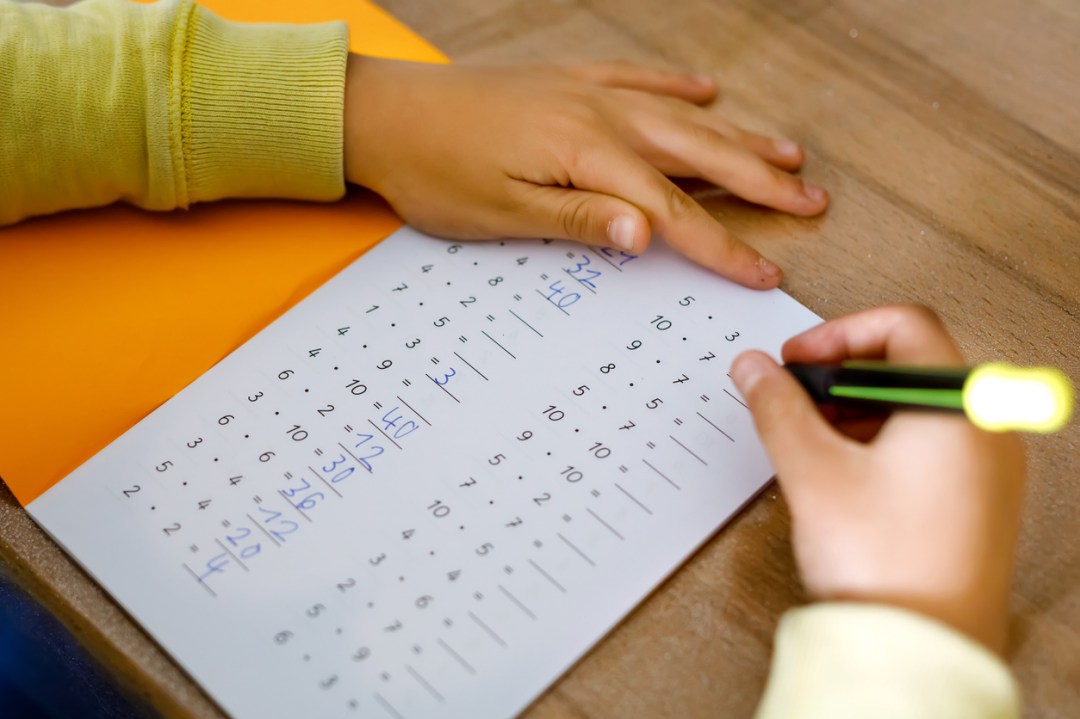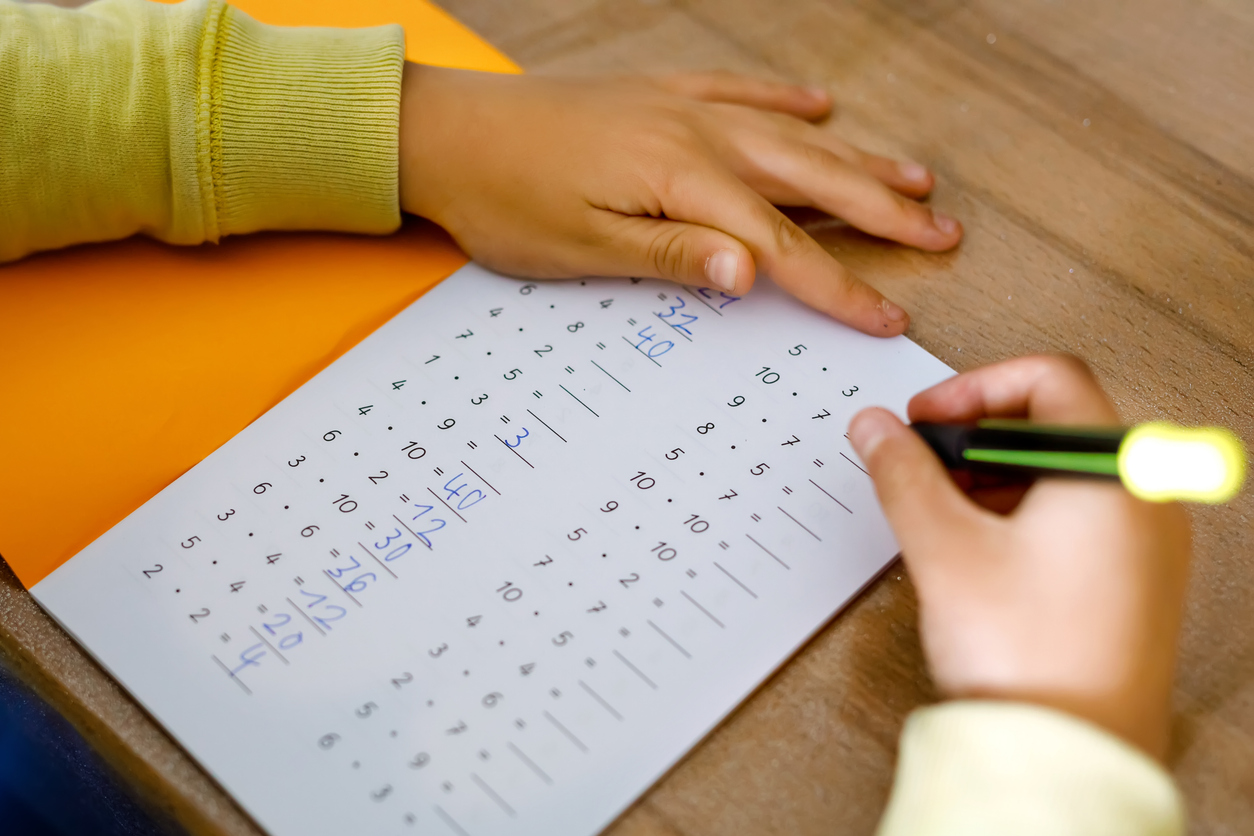Hold your hats, but Britain is doing rather well in something – or at least England is. Our children are achieving more at maths than in any country outside South or East Asia. According to the latest Trends in International Maths and Science Study, conducted by the Dutch-based International Association for the Evaluation of Educational Achievement (IEA), English 13 to 14-year-olds come out with an average score of 525, sixth behind Singapore (605), Chinese Taipei (Taiwan) (602), Korea (596), Japan (595) and Hong Kong (575).
To put that into context, a score of 550 indicates that students ‘can apply their conceptual understanding in a variety of relatively complex situations’, while a score of 625 means students can ‘extend understanding beyond working with integers alone to solve a variety of problems in novel contexts’. As for English 9–10-year-olds, they came ninth, behind Macao, Lithuania and Turkey as well as the above countries. Scotland and Wales do not appear in the rankings.
The findings confirm what last year’s PISA rankings told us. In mathematics, Britain came tenth, behind Macao, Hong Kong, Singapore, Chinese Taipei, Japan, Korea, Estonia, Vietnam and Poland. Breaking down scores within countries, England is strongly outperforming Scotland and Wales. The findings were especially concerning in Scotland given that, until 2012, Scottish schoolchildren were scoring more highly than English ones.
While the findings are a credit to the English education system – which doesn’t always attract plaudits – they also show a widening educational gulf between East Asia and the rest of the world. When PISA tests were first conducted in 2000, Hong Kong, Japan and Korea were top, but they scored only narrowly higher than the best non-Asian countries – with New Zealand, Finland and Australia next. Now, the Asian countries are taking off, with a significant gap between them and the rest.
Significantly, the countries which are doing best in teaching children mathematics are also the countries which have undergone the fastest economic transformations in modern times, with Singapore and South Korea both making the jump from third-world to first-world economies within the space of two generations. It shouldn’t really be a surprise that there is a correlation between economic success and maths education, as numeracy becomes ever more fundamental to skills required in technological societies. Any country which is tempted to ‘decolonise’ its mathematics curriculum by making it easier does so at its peril.
Yet there is one oddity: the US, which is leading the developed world on economic growth at the moment, and which has outstripped Europe for most of this century, has always come out relatively poorly in these tests. On the IEA table, the US comes 21st for 13–14-year-olds and 22nd for 9–10-year-olds. On the PISA 2022 tables, it comes way down the list at 40th, squeezed between Serbia and Kazakhstan. The United States, it hardly needs to be said, leads the world in technology. It possesses most of the world’s largest and most successful tech companies. What makes it able to do this in spite of apparently poor knowledge of maths among its schoolchildren is something of a mystery.









Comments